Crepe Back Satin
Crepe-back satin, also known as satin-back crepe, is a type of fabric that combines the characteristics of both satin and crepe textiles. It has a smooth and shiny satin finish on one side and a textured, slightly pebbled crepe surface on the other. This dual-textured fabric is often used in clothing, evening gowns, bridal wear, and other formal or elegant garments, as it offers a luxurious appearance and drapes beautifully. Crepe back satin can be made from various fibers, including silk, polyester, or a blend of materials, and it is known for its versatility and ability to create stunning, flowing designs.
A few characteristics of crepe back satin
Certainly, here are some key characteristics of crepe back satin:
- Texture Contrast: Crepe back satin combines a smooth, glossy satin finish on one side with a textured crepe surface on the other. This contrast in textures adds depth and dimension to the fabric.
- Shiny and Lustrous: The satin side of crepe satin fabric is known for its high shine and lustrous appearance. It gives a luxurious and glamorous look to the garment when light reflects on it.
- Versatility: This fabric is versatile and can be used for a wide range of clothing and accessories. It's often chosen for its ability to create stunning visual effects in designs.
- Material Options: Crepe back satin can be made from various materials, including silk, polyester, acetate, and blends. Silk crepe back satin is particularly prized for its softness and natural sheen.
How are they made?
Crepe back satin is a type of fabric that is typically woven using a satin weave technique, where the warp (lengthwise) threads float over multiple weft (crosswise) threads to create the satin side's lustrous appearance. Conversely, the weft threads float over multiple warp threads to form the textured crepe side. After weaving, the fabric undergoes finishing processes to enhance its drape, texture, and overall quality. Crepe back satin by the yard can be dyed and printed for various colors and patterns, making it a popular choice for luxurious garments and textiles.
How to care for?
Depending on the material, care instructions may vary. Silk crepe back satin, for example, often requires more delicate handling compared to synthetic versions.
Caring for crepe-back satin fabric requires a gentle touch to preserve its delicate nature. Here are some basic tips:
- Hand Washing: Crepe back satin should be hand-washed in cold water with a mild detergent. Harsh chemicals and strong bleaching agents can damage the fabric and fade out its color.
- Gentle Agitation: When washing, avoid vigorous rubbing or wringing. Gently agitate the water to clean the fabric.
- Rinse Carefully: Rinse the fabric thoroughly with cold water until all detergent is removed.
- Drying: Do not wring or twist the fabric. Instead, gently press out excess water and lay it flat on a clean towel to air dry. Avoid hanging, as this can cause stretching and distortion.
- Ironing: If necessary, use a low heat setting on your iron and place a clean cloth between the iron and the fabric to prevent direct contact. Always iron on the satin side.
By following these tips, you can help maintain the beauty and longevity of your crepe-back satin fabric.
FAQs
-
Does crepe back satin stretch?
Crepe back satin has limited stretch, depending on the material used. Natural fibers like silk have less stretch compared to synthetics. It's not chosen primarily for a stretch but for its luxurious texture.
-
What is crepe back satin?
Crepe back satin is a fabric with a smooth, shiny satin side and a textured, matte crepe side. It's created through a specific weaving technique, often used for elegant garments.
-
What is crepe back satin used for?
Crepe back satin by the yard is used for various elegant purposes, including evening gowns, lingerie, bridal wear, drapery, and decorative textiles due to its luxurious texture and versatility in design.
-
How is crepe back satin made?
Crepe back satin is made by using a satin weave technique in weaving. It combines two distinct and dual textured sides: a smooth, shiny satin side and a textured, matte crepe side. This is achieved by weaving threads over multiple wefts for the satin side and vice versa for the crepe side. The fabric may undergo finishing processes and dyeing to enhance its qualities, depending on the material used.

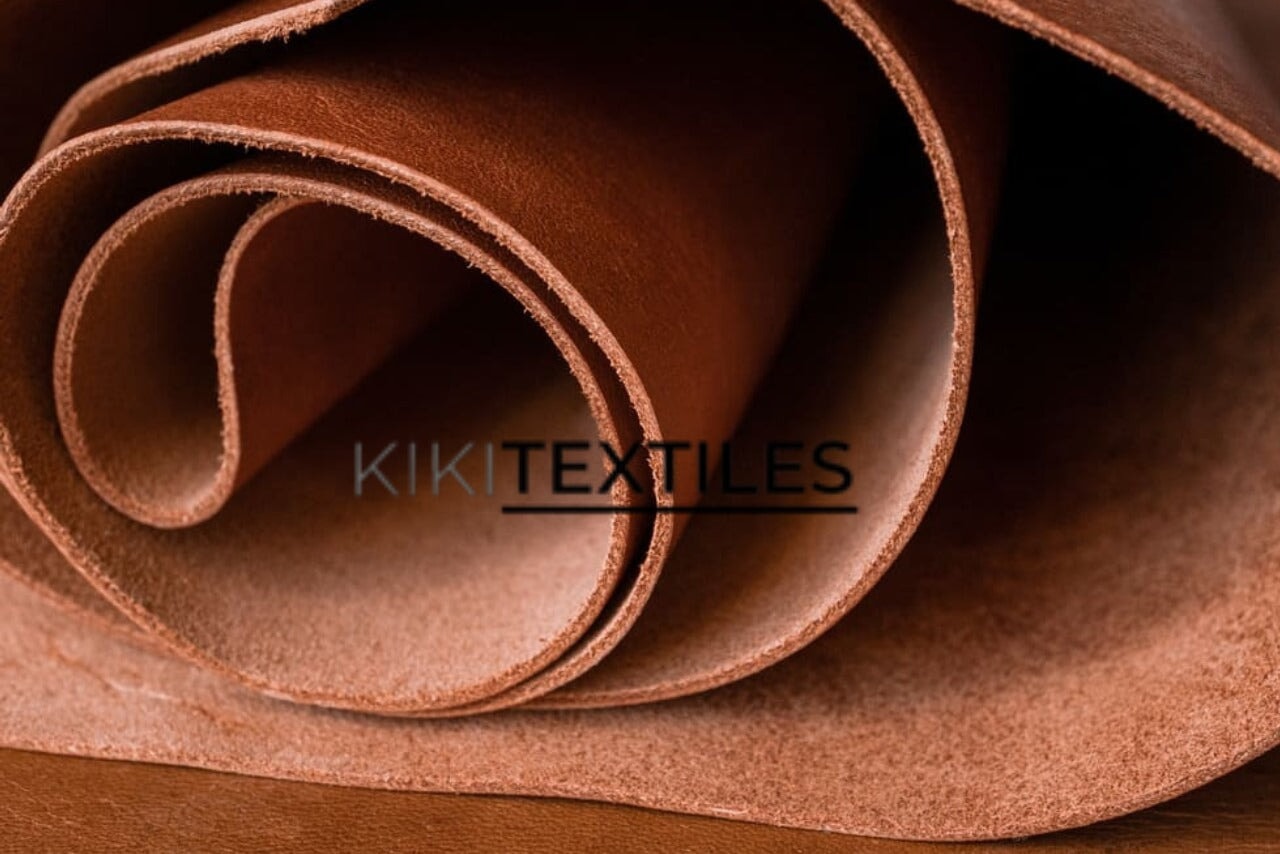
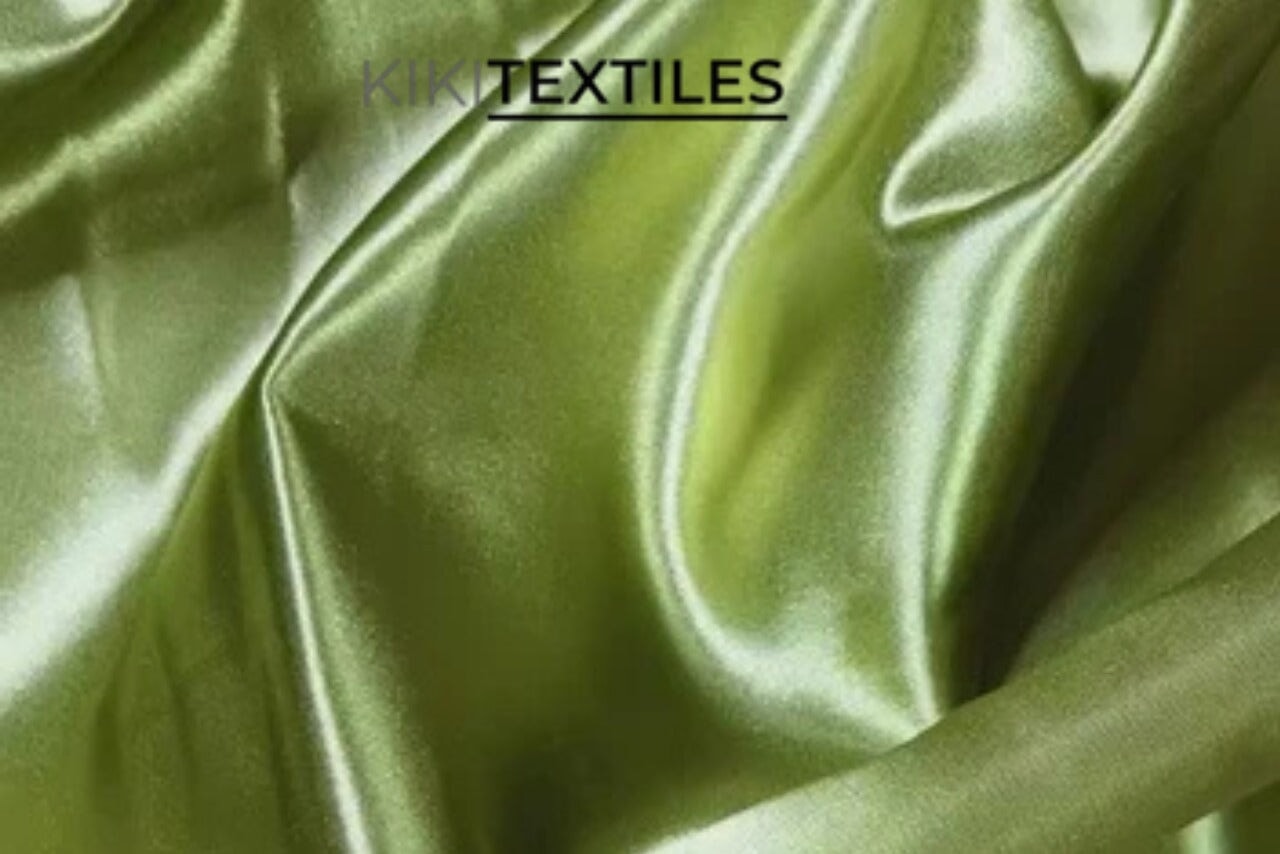



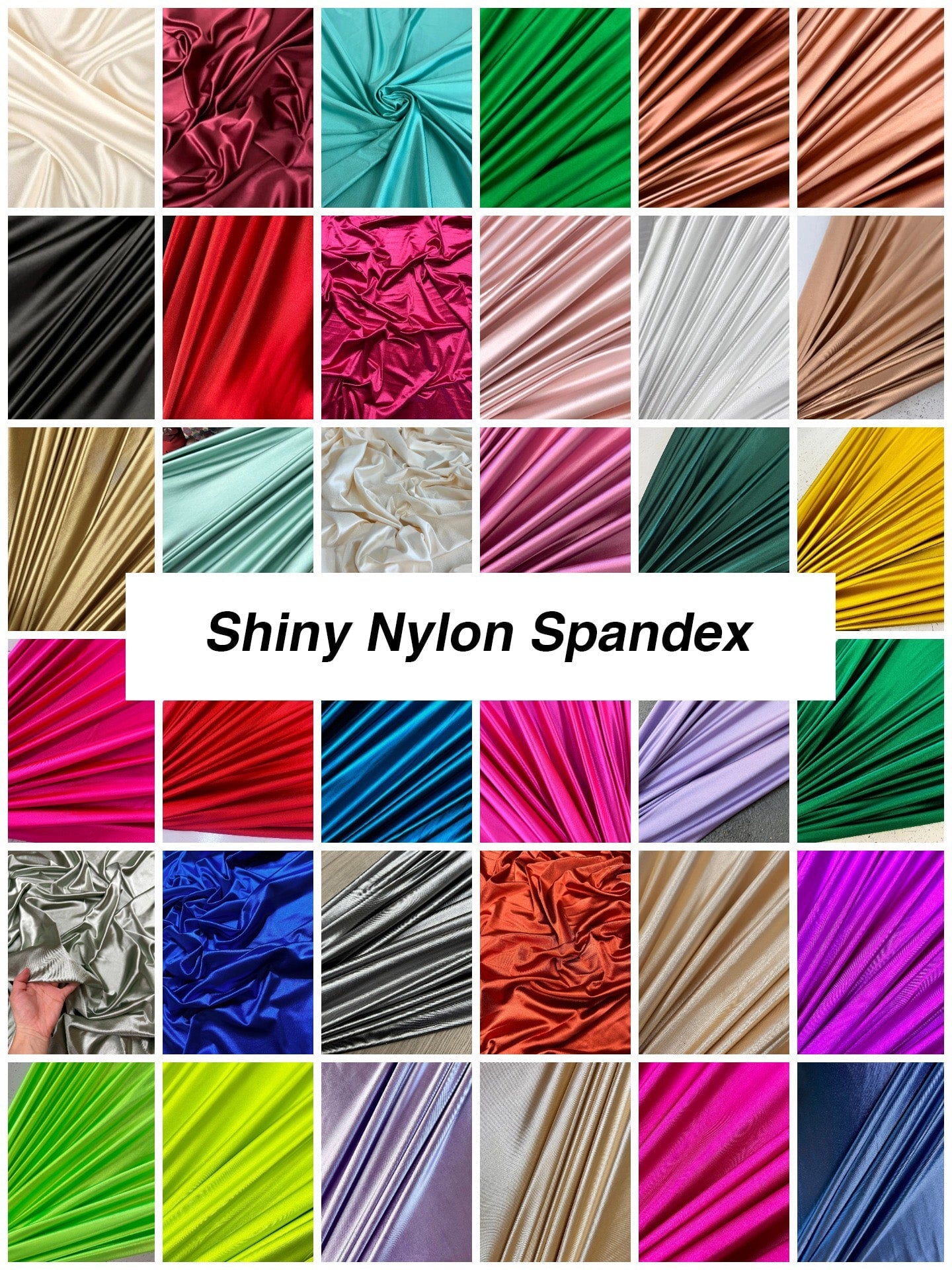
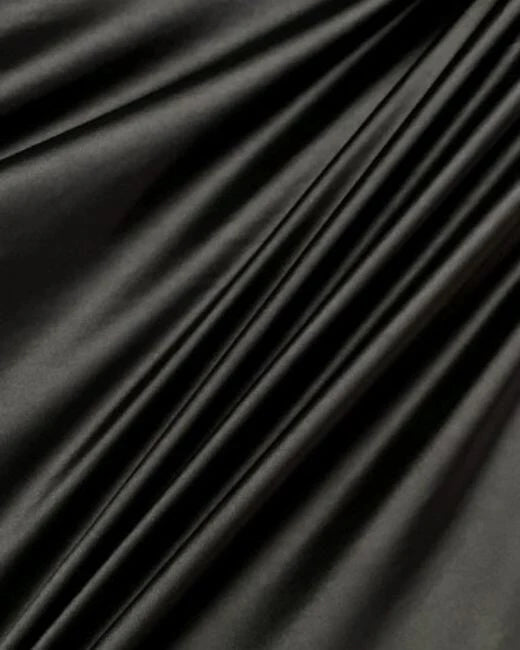
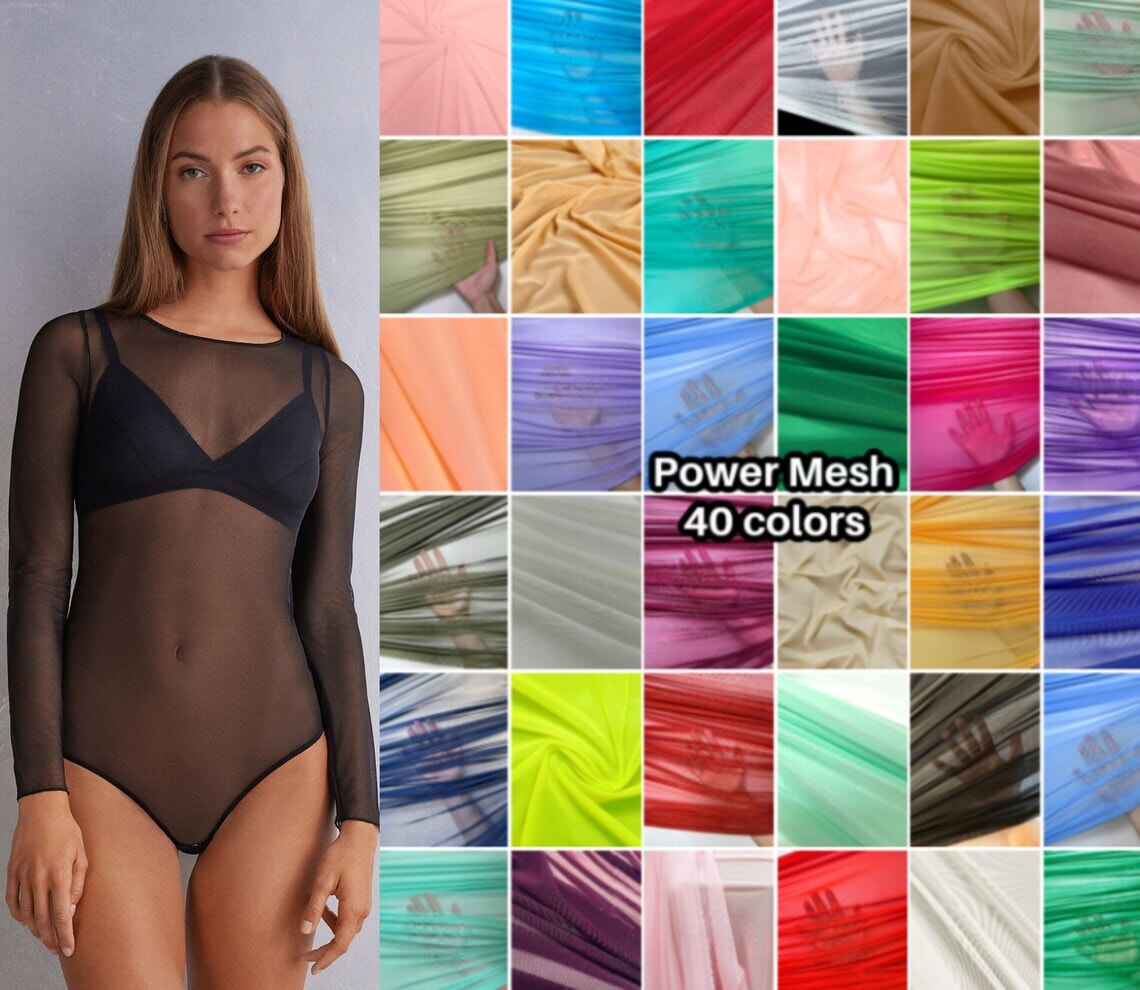
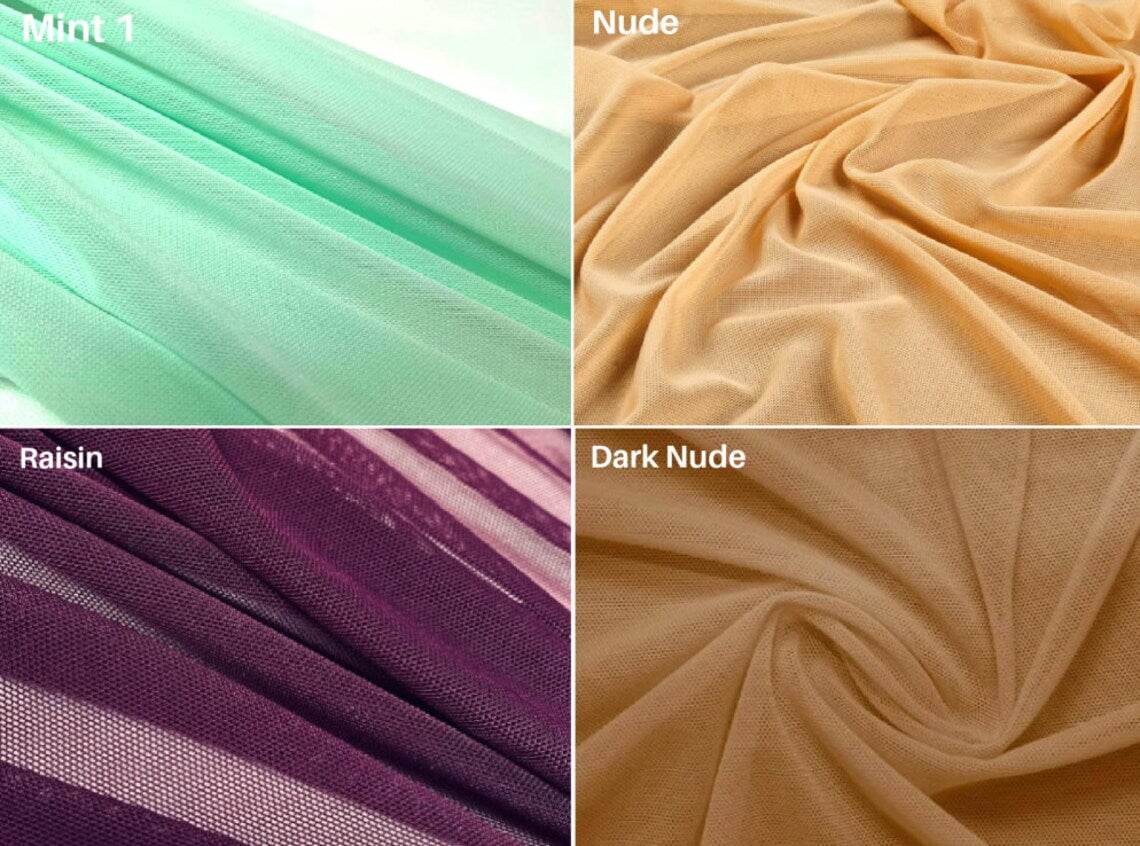
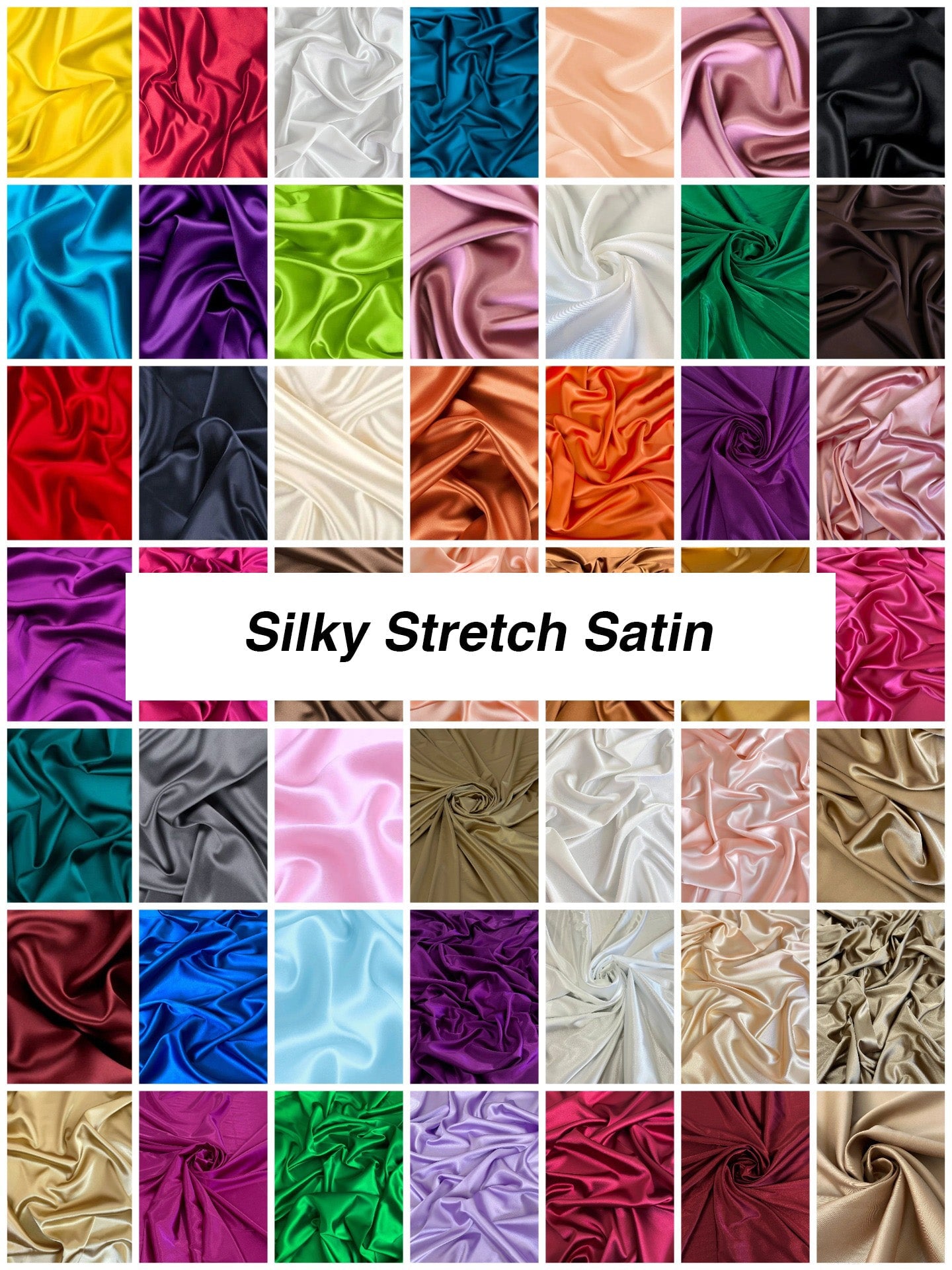
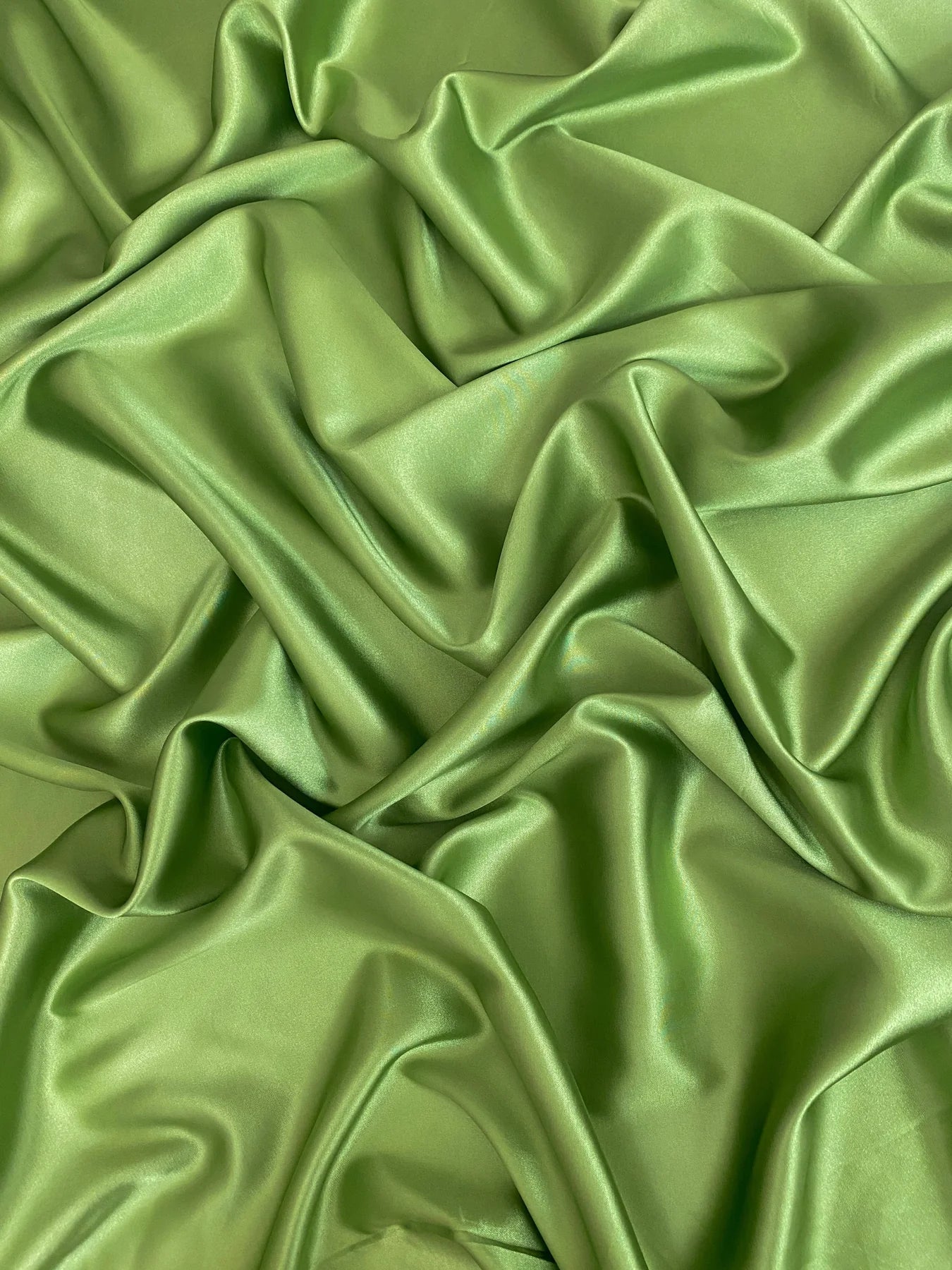
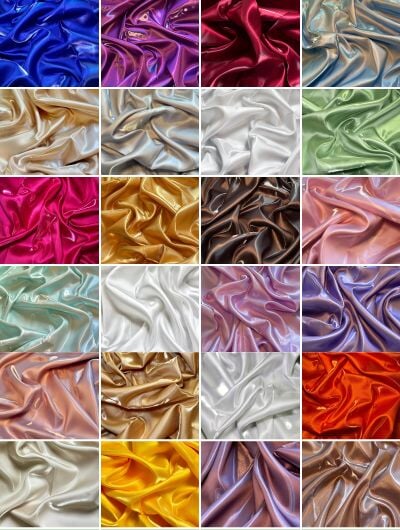
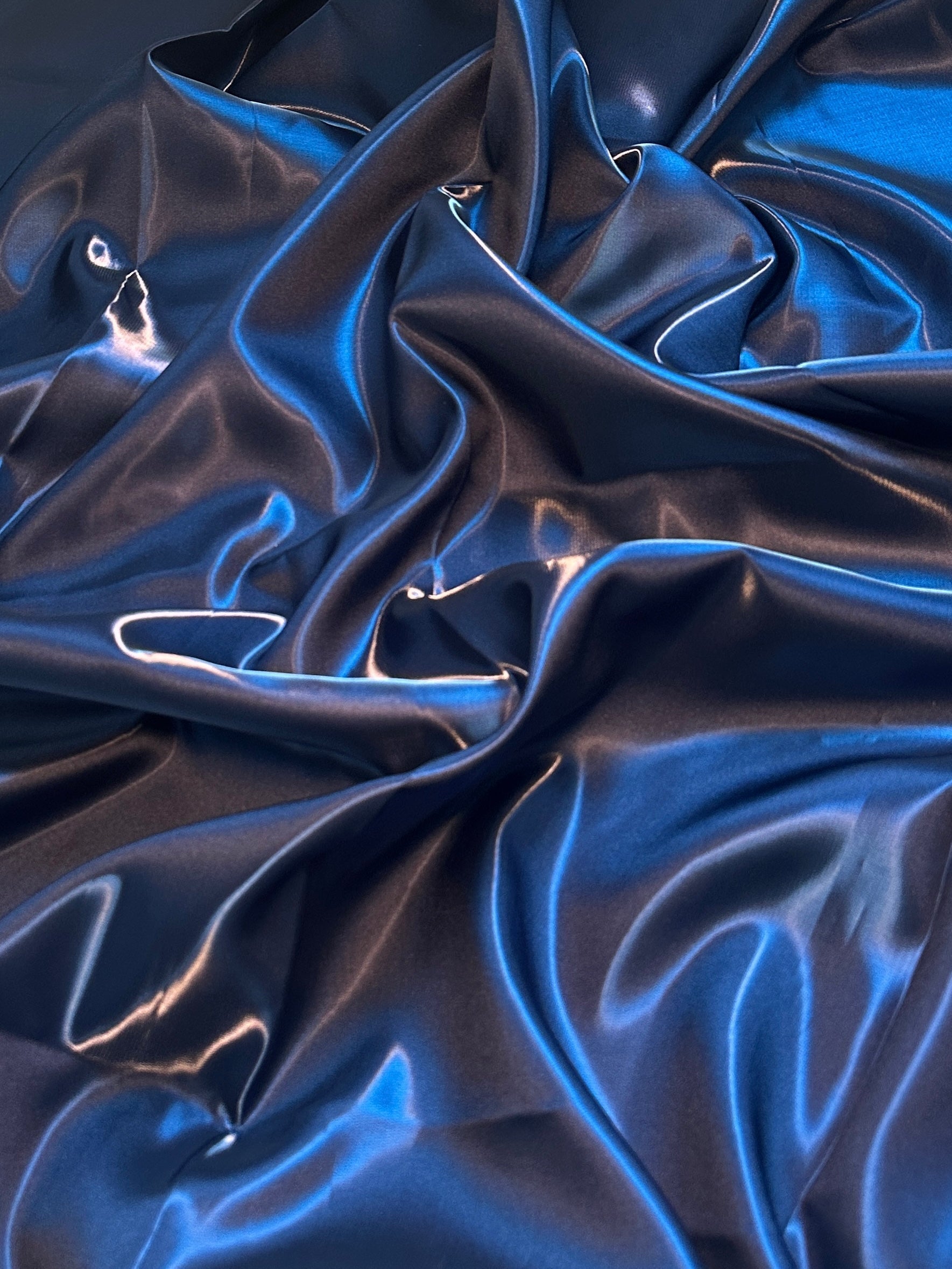
Leave a comment